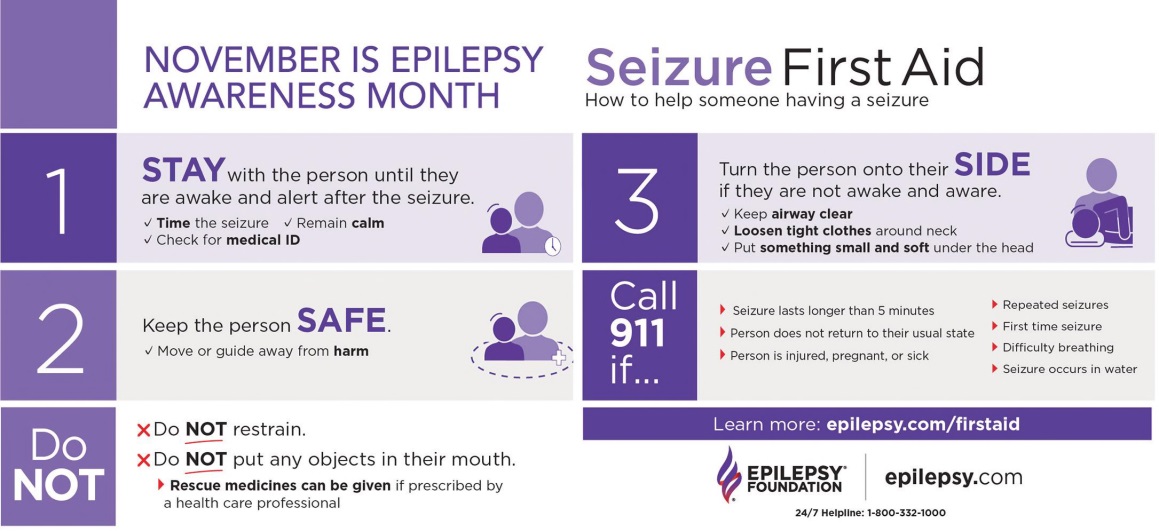benefit too. It should be small and portable for training of walking or other mobility skills. The devices used are FDA approved and are categorized as class II medical devices.
SUMMARY
While multiple treatment strategies for pediatric patients have been developed, the general consensus is that no one strategy alone works the best. When selecting a treatment protocol, one should bear in mind the long-term benefits that can be attained, like a safe and steady walk, prevention of pain and deformities, and importantly, the ease with which a home program can be done. Estim is a treatment modality that has well documented support as an intervention that produces good functional results when used in conjunction with functional task training, and when carried over in a home program. •
ABOUT THE AUTHORS:
Jovial Lewis PT, MPT, PCS is a board certified pediatric physical therapist working in pediatric rehabilitation for 20 years. She did her Bachelor's and Master's program at Manipal Academy of Health Sciences ( MAHE), India, and she worked as an Assistant Lecturer/Clinician in India for 5 years. For the past 15 years Jovial has been working as a full time clinician in NYC across multiple settings. She currently works as an Early Intervention provider and she is the clinician owner of a private practice, Jovial Lewis Pediatric PT PLLC. Jovial started using E-stim in 2017 for children with cerebral palsy, developmental delay, and genetic conditions. It has transformed her practice.
Yocheved Bensinger-Brody PT, PhD, PCS is a board certified pediatric physical therapist. She is an Assistant Professor in Touro College's Doctor of Physical Therapy program in NYC, and she is the clinician owner of a pediatric practice in northern NJ, Boutique Pediatric PT. Yocheved graduated with a BS in Physical Therapy from Florida International University, an MA in Movement Sciences from Teachers College, Columbia University, and a PhD in Psychology from the Graduate Center at CUNY. Yocheved started integrating E-stim into her pediatric practice a few years ago and has found it to be a game changer!
References
- Damiano DL. Activity, Activity, Activity: Rethinking Our Physical Therapy Approach to Cerebral Palsy. Phys Ther. 2006;86(11):1534-1540. doi:10.2522/ptj.20050397
- Bosques G, Martin R, McGee L, Sadowsky C. Does therapeutic electrical stimulation improve function in children with disabilities? A comprehensive literature review. J Pediatr Rehabil Med. 2016;9(2):83-99. doi:10.3233/PRM-160375
- Carmick J. Clinical use of neuromuscular electrical stimulation for children with cerebral palsy, Part 1: Lower extremity. Phys Ther. 1993;73(8):505-513; discussion 523-527. doi:10.1093/ptj/73.8.505
- Merrill DR. Review of electrical stimulation in cerebral palsy and recommendations for future directions. Dev Med Child Neurol. 2009;51(s4):154-165. doi:10.1111/j.1469-8749.2009.03420.x
- Bottos M, Feliciangeli A, Sciuto L, Gericke C, Vianello A. Functional status of adults with cerebral palsy and implications for treatment of children. Dev Med Child Neurol. 2007;43(8):516-528. doi:10.1111/j.1469-8749.2001.tb00755.x
- Alon G. Functional electrical stimulation (FES): The science is strong, the clinical practice not yet – A review of evidence. Ann Phys Rehabil Med. 2016;59:e26-e27. doi:10.1016/j.rehab.2016.07.061
- Schuhfried O, Crevenna R, Fialka-Moser V, Paternostro-Sluga T. Non-invasive neuromuscular electrical stimulation in patients with central nervous system lesions: An educational review. J Rehabil Med. 2012;44(2):99-105. doi:10.2340/16501977-0941
- Hamid S, Hayek R. Role of electrical stimulation for rehabilitation and regeneration after spinal cord injury: an overview. Eur Spine J. 2008;17(9):1256-1269. doi:10.1007/s00586-008-0729-3
- Wright PA, Durham S, Ewins DJ, Swain ID. Neuromuscular electrical stimulation for children with cerebral palsy: a review. Arch Dis Child. 2012;97(4):364-371. doi:10.1136/archdischild-2011- 300437
- Gonçalves RV, Fonseca ST, de Araújo PA, Souza TR, Resende RA, Mancini MC. Functional Task Training Combined With Electrical Stimulation Improves Motor Capacity in Children With Unilateral Cerebral Palsy: A Single-Subject Design. Pediatr Phys Ther. 2019;31(2):208-215. doi:10.1097/PEP.0000000000000588
- Cauraugh JH, Naik SK, Wen Hao Hsu, Coombes SA, Holt KG. Children with cerebral palsy: a systematic review and meta-analysis on gait and electrical stimulation. Clin Rehabil. 2010;24(11):963- 978. doi:10.1177/0269215510371431
- Daichman J, Johnston TE, Evans K, Tecklin JS. The Effects of a Neuromuscular Electrical Stimulation Home Program on Impairments and Functional Skills of a Child with Spastic Diplegic Cerebral Palsy: A Case Report: Pediatr Phys Ther. 2003;15(3):153- 158. doi:10.1097/01.PEP.0000083121.26982.1D
- Mooney JA, Rose J. A Scoping Review of Neuromuscular Electrical Stimulation to Improve Gait in Cerebral Palsy: The Arc of Progress and Future Strategies. Front Neurol. 2019;10:887. doi:10.3389/fneur.2019.00887
- Kamper DG, Yasukawa AM, Barrett KM, Gaebler-Spira DJ. Effects of Neuromuscular Electrical Stimulation Treatment of Cerebral Palsy on Potential Impairment Mechanisms: A Pilot Study. Pediatr Phys Ther. 2006;18(1):31–38. doi:10.1097/01.pep.0000202102.07477.7a
- Carmick J. Clinical use of neuromuscular electrical stimulation for children with cerebral palsy, Part 2: Upper extremity. Phys Ther. 1993;73(8):514-522; discussion 523-527. doi:10.1093/ptj/73.8.514
- Johnston TE, Finson RL, McCarthy JJ, Smith BT, Betz RR, Mulcahey MJ. Use of Functional Electrical Stimulation to Augment Traditional Orthopaedic Surgery in Children With Cerebral Palsy. J Pediatr Orthop. 2004;24(3):9.
- Harris SR. Congenital hypotonia: clinical and developmental assessment. Dev Med Child Neurol. 2008;50(12):889-892. doi:10.1111/j.1469-8749.2008.03097.x
- Paleg G, Romness M, Livingstone R. Interventions to improve sensory and motor outcomes for young children with central hypotonia: A systematic review. J Pediatr Rehabil Med. 2018;11(1):57-70. doi:10.3233/PRM-170507
- Karabay İ, Dogan A, Arslan MD, Dost G, Ozgirgin N. Effects of functional electrical stimulation on trunk control in children with diplegic cerebral palsy. Disabil Rehabil. 2012;34(11):965-970. doi:10.3109/09638288.2011.628741
- Park ES, Park CI, Lee HJ, Cho YS. The effect of electrical stimulation on the trunk control in young children with spastic diplegic cerebral palsy. J Korean Med Sci. 2001;16(3):347-350.
- Susan Hastings. Lab: Functional Electrical Stimulation for the Child with Cerebral Palsy (Hastings). Progressive GaitWays, LLC. Published January 2018. Accessed June 11, 2020. https://www.gaitways.com/?ai1ec_event=follow-up-lab-session-functional-electricalstimulation-for-the-child-with-cerebral-palsy.
